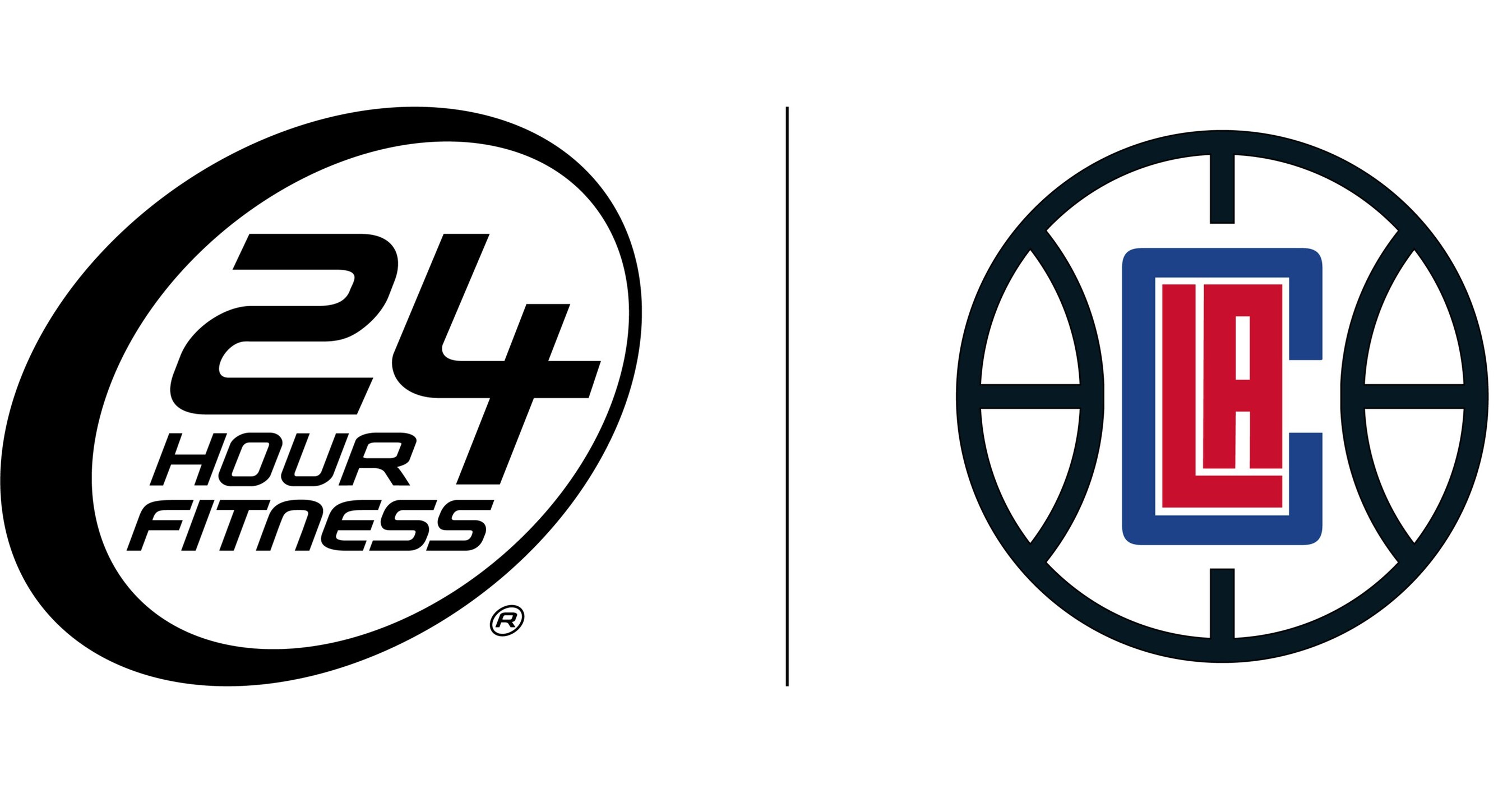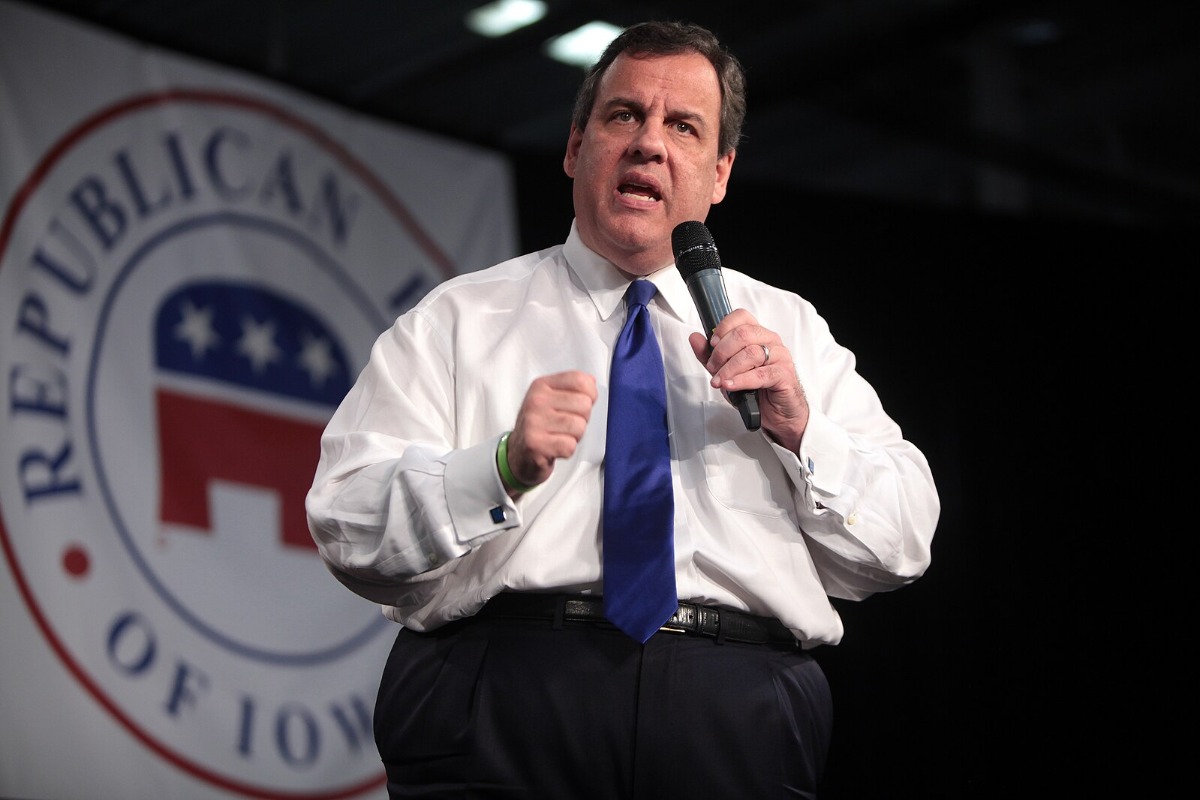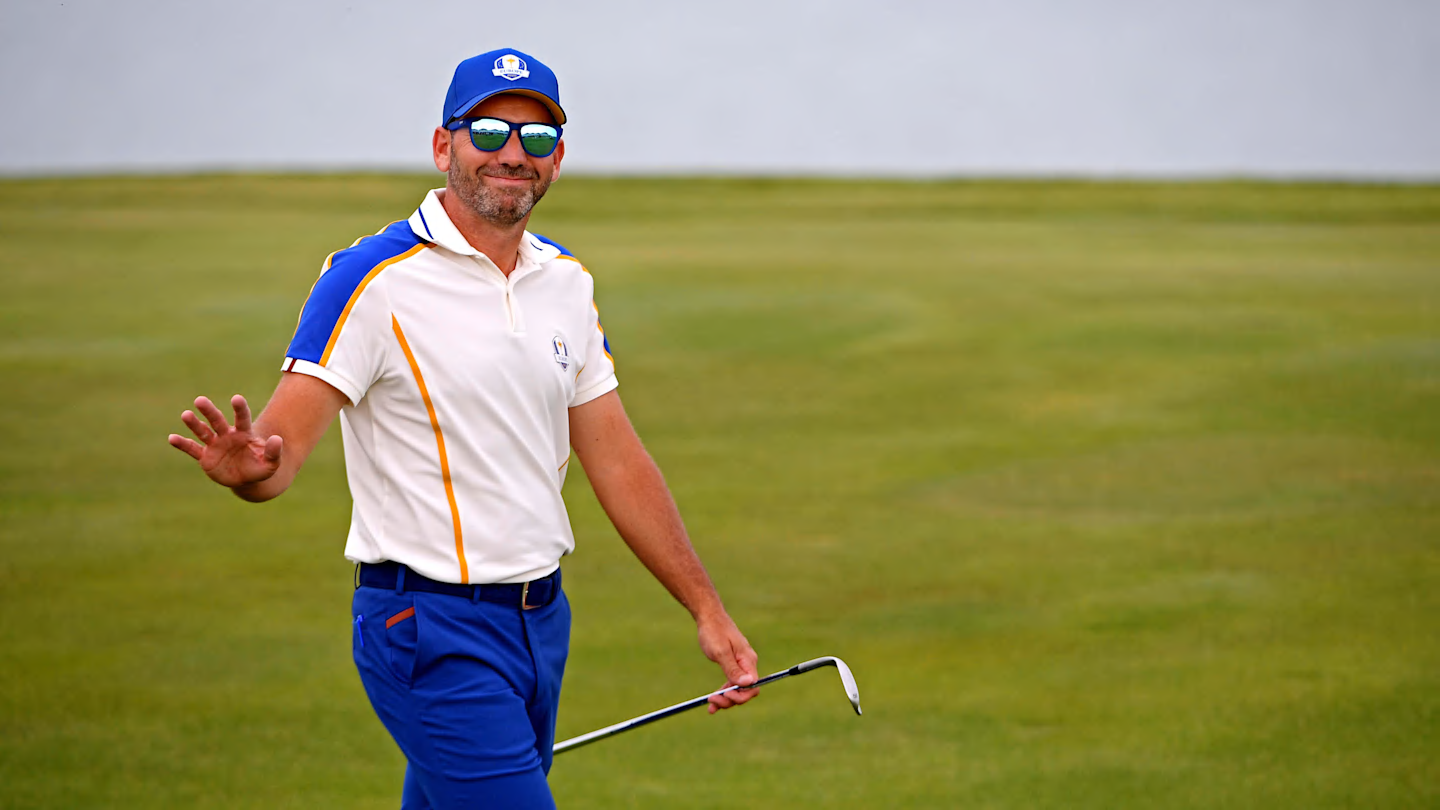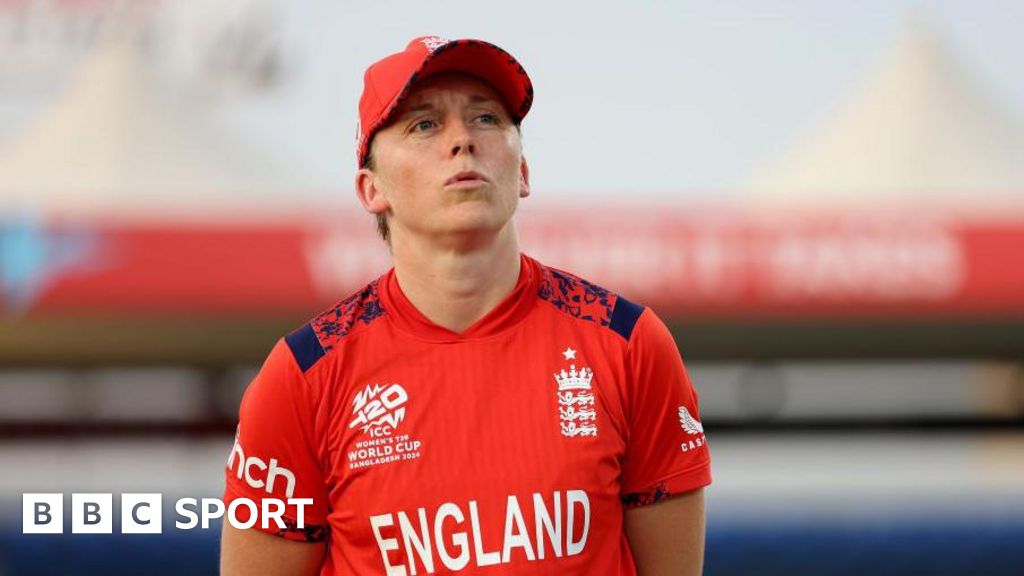Rafael Nadal: If a Rudyard Kipling poem came to life | Tennis News – Times of India

Roger Federer—who during his career showed a tennis racket could compose Mozart’s Symphony Number 40 — paid an emotional tribute to his greatest rival, Rafael Nadal, who is getting set for his last dance in the Davis Cup. Federer wrote: “And you know what, Rafa, you made me enjoy the game even more…. I thought I was on top of the world. And I was—until two months later, when you walked on the court in Miami in your red sleeveless shirt, showing off those biceps, and you beat me convincingly. All that buzz I’d been hearing about you—about this amazing young player from Mallorca, a generational talent, probably going to win a major someday—it wasn’t just hype.” Federer wasn’t the only one left in awe of the young player from Mallorca.
Watching Rafael Nadal play was like being back in a stuffy English class, as if the stanzas of Rudyard Kipling’s If had been infused into a living, breathing person. Nadal’s entire career could easily serve as an exposition to explain the poem. He kept his head when all others were losing theirs, trusted himself when others doubted him, met Triumph and Disaster, and treated both impostors the same. He filled the unforgiving minute with sixty seconds’ worth of distance run, forcing his heart, nerve, and sinew to serve his turn long after they were gone, holding on through sheer will. He talked with the crowds and kept his virtue, walked with kings and never lost his common touch.

It’s fitting that a few lines from If are etched over Centre Court at Wimbledon, the venue of his greatest triumph: his 2008 All England Final win against Roger Federer on a surface Federer ruled, one not naturally conducive to Nadal’s game. Nadal had lost the last two finals to Federer—who had won the previous five—and the received wisdom was that the ‘King of Grass’ would make it six.
Federer hadn’t lost a match at Wimbledon since 2002—65 matches unbeaten—and it would take 4 hours and 48 minutes to find a winner. Federer won more games in the titanic battle and served 25 aces (14 in the fourth set). Yet Nadal saved 16 of the 19 break points in the match, cementing his status as a player who could triumph on surfaces beyond his favoured clay by beating the greatest ever to play on grass.
Alongside Federer and Djokovic, Nadal would form a triumvirate that has virtually dominated tennis, winning a staggering 66 majors together. Each had unique gifts: Federer appeared powered by a perpetual motion machine from another world, effortlessly striking the ball. Djokovic epitomized skill meeting effort, with an almost Virat Kohli-like dedication to his craft, utterly unaffected by time and space.
Nadal, on the other hand, seemed fuelled by an inability to accept defeat. As long as he was on the court with a tennis racket, no point was ever truly lost. He was, as Sir Alex Ferguson described Roy Keane, a “captain who covered every blade of grass,” a man who would “rather die of exhaustion than lose.” That quote encapsulates Nadal’s career: he covered every blade of grass, every grain of sand, every inch of the hard court, every point of concrete. His mind and body did not fight against an opponent—they fought against the notion of defeat.
Nadal’s topspin-heavy forehand, his ability to defend from anywhere, his indomitable baseline play, and his ever-improving serve made him hard to beat. But what made him invincible was his inability to lose. Only a maestro like Federer or a metahuman like Djokovic could occasionally find a way to defeat him, particularly when he was firing on all cylinders. And even they struggled to do it on clay. Fittingly, his last singles defeat on his favoured surface came as Djokovic completed his quest for Olympic gold for Serbia.
Nadal’s all-action style took a toll on his body, which was often wracked with injuries from wrists to hips. He also suffered from Müller-Weiss syndrome, a degenerative foot condition that forced him to wear specially designed shoes. After the 2022 French Open (which Nadal won 6-3, 6-3, 6-0), Casper Ruud revealed that he saw Nadal walking on crutches. Ruud had thought he had a chance, but once on the court, he described Nadal’s effort as “crazy.” Nadal later disclosed he had been taking pain-killing injections in his foot and that it was “virtually asleep.”
Nadal’s legacy is reflected in his numbers: 22 Grand Slam titles, 209 weeks as World No. 1, 92 ATP singles titles, Olympic golds in singles and doubles, five Davis Cups with Spain, and a 90%-win rate on clay.
But numbers can’t truly capture the joy of watching Nadal, just as words can’t fully convey the divine experience of watching a Federer down-the-line backhand. Even those of us who worshipped at the altar of Saint Roger had to admit that witnessing his great rival was also a religious experience.
Te emocionará: el anuncio de Nike que repasa la carrera de Rafa Nadal desde los 16 años I MARCA
Perhaps the closest piece of art that captures Nadal’s career—the joy of watching him, the astonishment at the ground he covered, his countless comebacks from near-defeat—was a Nike ad released after his 12th French Open win. It’s a kaleidoscope of his career, juxtaposing his emergence as a youngster with his countless battles over the years, as John McEnroe asks, “Is he going to play every point like that?” The answer, clearly, was always: Yes.
Related
Roger Federer’s Rafael Nadal tribute before retirement is just beautiful
Rafael Nadal is about to officially head into retirement after the Davis Cup, and with the possibility that we’ll see him play his final match on Tuesday, his
Emma Raducanu branded ‘delusional’ and ‘entitled’ as tennis star sparks…
Emma Raducanu has been criticised by tennis fans after boasting that 'nobody wants to face me' while playing for Great Britain at the Billie Jean King Cup.The 2
How to watch Rafael Nadal’s last match at the 2024…
Rafael Nadal plays Botic van de Zandschulp this Tuesday in the Davis Cup Finals. The match could be the Spaniard's last. (Oscar J. Barroso/Europa Press via Gett
‘You made me reimagine my game’: Federer pays tribute to…
Roger Federer has published a long letter paying tribute to great rival Rafael Nadal ahead of the Spaniard’s retirement, saying: “Your old friend is always










